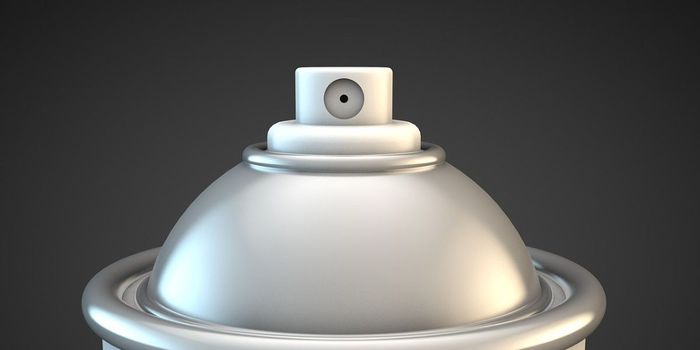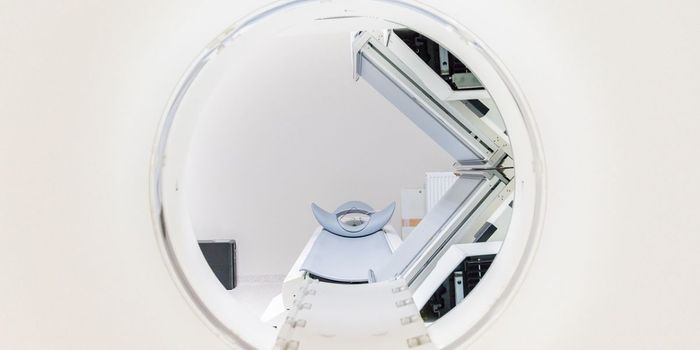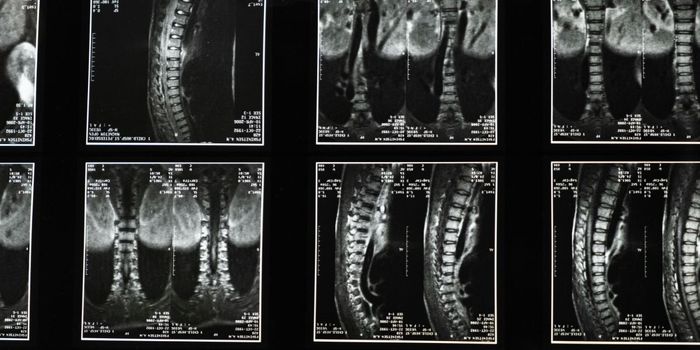A Korean Study Shows Gains in Head Size
The human body has evolved over time, and some of the changes have taken hundreds of years to show up. Evolution is a gradual process, and it took millions of years to get where we are now, but a new study shows that some changes can happen in just a few decades.
In South Korea, recently published research detailed the changes in the size and shape of people’s skulls over the years. A team of scientists led by Professor Rhyu Im-joo at Korea University looked at MRI scans for 115 Koreans some born in the 1930s and the rest born in the 1970s. From an evolutionary standpoint, this time span is just one generation, and real trends in body size and other traits usually don’t show up until a few generations have passed. After the scans were completed, the researchers created 3D images of the size and shapes and compared the two groups.
So how much of a difference was found? Korean men who were born in the 1970s had skulls that were 6% larger than those who were born in the 1930s. The size measurements were specifically larger in the cranial cavity, which is inside the skull, as well as the overall dimensions of the head. In women during those same decades, skull size and the cranial cavity were, on average, 6.7% larger. When the team analyzed the shape of the skull, the height, width, and length were all bigger in males. In the females, only the width of the head was larger.
In the 1930s, Korea was under Japanese rule. In 1945, Korea was liberated from colonial rule and experienced a surge in economic growth and industrialization. Better nutrition, a less severe lifestyle and the availability of better medical care likely contributed to the changes in head size. In an article in Korean Biomedical Review, Professor Rhyu stated, “New research is showing that the skull size of Koreans grew larger after the nation’s liberation from the Japanese colonial rule in 1945, thanks to proper nutrition and a more stable economy. It seems changes in citizens' physical appearance began with the supply of proper nutrition as the society became stabilized and economic growth started in the 1970s.”
It’s not uncommon for body size and shape to change after industrialization, urbanization and rapid economic growth. All of those changes commonly result in better food, healthcare access, and longer lifespans, so it’s not surprising that anatomical differences would happen as well. The main take away from the research is that anthropological changes don’t always need hundreds of years to happen. The study is published in the American Journal of Physical Anthropology. Check out the news clip below to learn more.
Sources: Korea Bizwire, Korean Biomedical Review American Journal of Physical Anthropology









